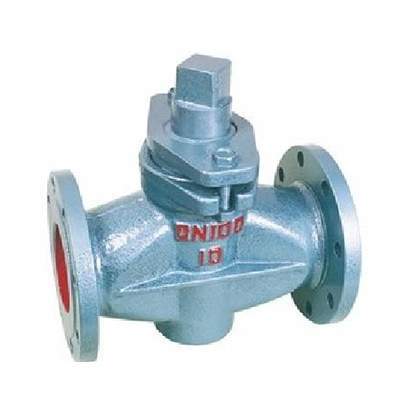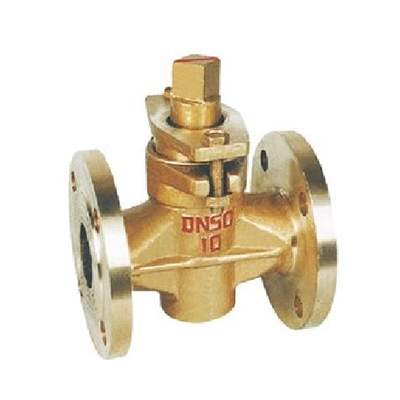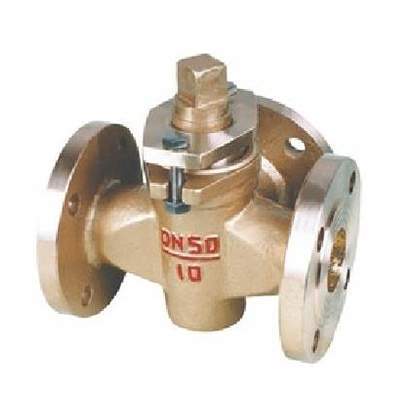Welcome to My Blog!
Before we dive into the content, I’d love for you to join me on my social media platforms where I share more insights, engage with the community, and post updates. Here’s how you can connect with me:
Facebook:https://www.facebook.com/profile.php?id=61563865935136
Now, let’s get started on our journey together. I hope you find the content here insightful, engaging, and valuable.
Introduction

Plug valves are essential components in various industrial applications, known for their simple design and effective sealing capabilities. Understanding the plug valve function is crucial for engineers and technicians involved in fluid handling systems. This guide aims to provide a comprehensive overview of plug valves, covering their working principles, types, applications, and maintenance.
What is a Plug Valve?
A plug valve is a quarter-turn valve that utilizes a cylindrical or conical plug to control fluid flow. The plug contains one or more hollow passageways that align with the valve’s inlet and outlet ports in the open position. When the plug is rotated 90 degrees, the passageways are blocked, halting fluid flow. The simplicity of this design makes plug valves reliable and easy to operate.
Key Aspects of Plug Valve Function

The core plug valve function revolves around the rotation of the plug to regulate fluid passage. Here are the key aspects:
Sealing Mechanism and Function of Plug Valve
The sealing in a plug valve is achieved by the close fit between the plug and the valve body. Lubricants or sealants are often used to enhance this seal and reduce friction. The function of plug valve relies heavily on this effective sealing to prevent leaks, especially in high-pressure or high-temperature applications.
Flow Control and Plug Valve Function
Plug valves are primarily used for on/off service, but some designs can provide throttling capabilities. The function of plug valve in flow control depends on the shape of the plug’s passageway. A full port plug valve allows unrestricted flow, while a reduced port valve restricts flow, offering some degree of throttling.
Materials and Construction and Plug Valve Function
The materials used in plug valves vary depending on the application. Common materials include cast iron, steel, stainless steel, and various alloys. The function of plug valve is influenced by the material’s resistance to corrosion, temperature, and pressure. The construction of the valve, including the plug shape and sealing mechanism, also plays a critical role in its performance.
Types of Plug Valves and Their Functions
Plug valves are available in various designs, each tailored to specific applications. Understanding the different types helps in selecting the right valve for a given function of plug valve.
Lubricated Plug Valves and Their Function
Lubricated plug valves use a sealant injected under pressure between the plug and the valve body to minimize friction and prevent leaks. This sealant also protects the sealing surfaces from corrosion. The plug valve function in lubricated valves is enhanced by this sealant, making them suitable for high-pressure and high-temperature services.
Non-Lubricated Plug Valves and Their Function
Non-lubricated plug valves use elastomeric sleeves or liners to provide a seal between the plug and the valve body. These valves are ideal for applications where contamination from lubricants is a concern. The function of plug valve in non-lubricated valves is maintained by the resilient material of the sleeve or liner, ensuring a tight seal.
Inverted Lubricated Plug Valves and Their Function
Inverted lubricated plug valves have the sealant injected from the bottom, which helps to prevent contamination and ensures that the sealant is always available for lubrication. This design is particularly useful in applications where the valve is subjected to frequent cycling. The function of plug valve is maintained by the constant lubricant supply.
Applications of Plug Valves
Plug valves are used in a wide range of industries due to their versatility and reliability. Understanding the specific applications helps illustrate the various aspects of plug valve function.
Oil and Gas Industry and Plug Valve Function
In the oil and gas industry, plug valves are used for various applications, including pipeline isolation, wellhead control, and chemical injection. The plug valve function in these applications is critical for ensuring safe and efficient operations, especially in harsh environments.
Chemical Processing and Plug Valve Function
Chemical processing plants use plug valves to handle corrosive and abrasive fluids. The plug valve function in these applications is supported by the use of corrosion-resistant materials and robust sealing mechanisms.
Water and Wastewater Treatment and Plug Valve Function
Plug valves are also used in water and wastewater treatment plants for isolation and flow control. The plug valve function in these applications is essential for maintaining the integrity of the treatment processes.
Plug Valve Maintenance and Troubleshooting
Proper maintenance is crucial for ensuring the long-term performance of plug valves. Here are some key maintenance and troubleshooting tips:
Regular Inspection and Plug Valve Function
Regular inspections can help identify potential issues before they lead to failures. Check for leaks, corrosion, and damage to the sealing surfaces. The plug valve function can be compromised if these issues are not addressed promptly.
Lubrication and Plug Valve Function
For lubricated plug valves, regular lubrication is essential. Follow the manufacturer’s recommendations for the type and frequency of lubrication. Proper lubrication ensures smooth operation and extends the valve’s lifespan. The plug valve function is directly affected by the quality of lubrication.
Troubleshooting Common Issues and Plug Valve Function
Common issues include leaks, sticking plugs, and difficulty in operation. Troubleshooting these issues requires a systematic approach. Identify the root cause and take appropriate corrective actions. The plug valve function can be restored by addressing these issues effectively.
Plug Valve Specifications and Selection

Selecting the right plug valve for an application requires careful consideration of various specifications.
| Specification | Description | Importance to Plug Valve Function |
|---|---|---|
| Size | Nominal diameter of the valve | Affects flow capacity and pressure drop |
| Pressure Rating | Maximum operating pressure | Ensures valve integrity under pressure |
| Temperature Rating | Maximum and minimum operating temperatures | Maintains material integrity and sealing |
| Material | Material of construction | Determines corrosion resistance and durability |
| End Connection | Type of connection to the piping system | Ensures proper installation and sealing |
| Type | Lubricated, non-lubricated, etc. | Determines suitability for specific applications |
Conclusion
Plug valves are reliable and versatile valves used in numerous industrial applications. Understanding the plug valve function, types, applications, and maintenance is crucial for ensuring optimal performance. By selecting the right valve and following proper maintenance procedures, you can maximize the lifespan and efficiency of your plug valve systems.
FAQ
What is the primary plug valve function?
The primary plug valve function is to control fluid flow by rotating a plug to align or block passageways.
How do lubricated plug valves enhance the plug valve function?
Lubricated plug valves use a sealant to minimize friction and prevent leaks, enhancing the plug valve function in high-pressure and high-temperature applications.
What are the common applications of plug valves?
Common applications include oil and gas, chemical processing, and water treatment. The plug valve function is critical in these industries.
How can I ensure proper maintenance of a plug valve?
Regular inspection, lubrication, and troubleshooting are essential for maintaining the plug valve function.
